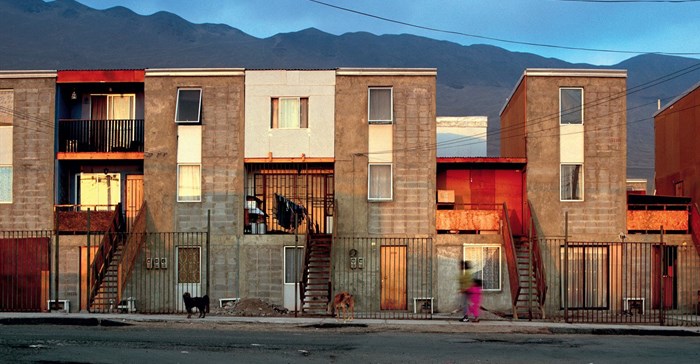
Design thinking is a human-centred approach to problem solving, putting consumer needs at the heart of decision making; it's not what we or even they think they need. It’s about their authentic needs.
Thoreau once asked: ‘Could a greater miracle take place than for us to look through each other’s eyes for an instant?’ Design thinking requires this miracle from designers.
Before Apple, computers were used by specialists in enclosed rooms at large corporations.
Apple I was the first personal computer designed for user needs, using a keyboard and showing text on a monitor. Without empathy and human-centred design, Apple couldn’t have grown into the brand it is today.
Empathy is not simply putting yourself in somebody else’s shoes but is rather about being curious and interested in human experiences.
For designers, the question is vitally about improving that experience.
As Tim Brown from Ideo said, ‘Empathy is at the heart of design. Without the understanding of what others see, feel, and experience, design is a pointless task’.
Photographer Platon Antoniou has captured the portraits of famous and powerful people, from Vladimir Putin to Barack Obama.
Through his lens, he finds and captures their humanity in an unmatched way. In a Ted Talk, the photographer credited curiosity and empathy to this uncanny ability: ‘Empathy is not just walking in someone’s shoes or feeling someone’s pain. Empathy is the secret ingredient for finding human connection.’
Designing with empathy is no different. It needs a deep understanding of consumers’ realities, their challenges, and the needs and desires driving their behaviours.
This requires intuition and emotional sensitivity to explore people’s experiences.
But, it also means overcoming our assumptions and biases about what consumers want and why they behave a certain way to reveal the human truths we all share.
In 2018, I attended a talk by Chilean architect Alejandro Aravena. He shared the amazing success he had in designing housing solutions in Chile.
Quinta Monroy is a testament to empathetic design. Faced with impossible odds, to house over 100 families on limited land with extremely limited funds, the architect engaged with the families about their priorities and constraints.
What the families needed was a housing solution to expand and increase value as residents improved their homes with their own resources.
Instead of designing half the size of a reasonably-sized home, as many architects facing similar challenges would have done, Aravena designed half of a reasonably-sized home.
By building half a house that could be added to by the home owners, families once unable to own a reasonable-sized home had the opportunity to expand their homes and their value without compromising on their location. The ultimate key to the project’s success was empathy.
We all make assumptions about people. It’s how we automate through life, but, as designers, not taking the time to delve into what people want and need can lead to costly mistakes.
Ford famously said: ‘If I had asked people what they wanted, they would have said faster horses'.
In the era of smart technology, you’d be forgiven for assuming more features in products equals greater consumer satisfaction and brand appeal; like designing an electric toothbrush with a sophisticated sensor and data tracking tool to track brushing efficiencies, evaluate pressure and gum sensitivity.
But, as Oral-B discovered, users didn’t want their toothbrushes recording and processing information.
Instead, the designers delved into consumers’ pain points and how additional technology could solve them: fitting the toothbrush with a USB port for charging in addition to the dock and building a Bluetooth app to send users reminders about replacement heads.
Observing with empathy is powerful in uncovering issues consumers haven’t verbalised or noticed.
By using empathy to uncover actual rather than perceived pain points, designers could design a product improving user experience and inevitably avoid a costly investment into a far from smart product.
Humans use schemata, allowing us to access information quickly in familiar situations, like moving through familiar shopping aisles.
But robotic thinking patterns also hinder creativity and innovation by inhibiting new and experimental solutions.
Designing with empathy means consciously breaking free from past experiences and limiting assumptions about the world and its people.
It’s the only way we can uncover some of the deeply entrenched beliefs about the design of a product or service.
Design has the power to innovate, create an impact and even catalyse change around complex cultural and social issues.
Designers and thinkers alike achieve this by remaining curious enough to truly understand our consumers. For designers and our partners, empathy is the only lens through which to create needed, desired and feasible products and services.
